Introduction.
Russia, the predatory Empire, which sells raw materials, oil, natural gas, electricity, rare minerals, and buys and copies technologies of all kinds and more sophisticated goods and maintains an incomplete Armed Forces. In 2024, they totaled some 900 thousand active troops.
The structure of these has an immediate officialdom, Junior Officials and Officers, in charge of carrying out the orders of the battalion commander. The orders of the battalion commanders are received from their brigade commanders (general brigadier), where the operational action of the forces is specified: making the tactical actions of the subordinate forces have a transcendence, an already operational importance, in the «higher plans».
The non-commissioned officers, corporals and sergeants, rise from the troops, from among the most active, experts and, perhaps, loyal. There are no non-commissioned officer academies in Russia, which would prepare them for their duties in the ranks. And these “classes” (the non-commissioned officers) are the ones that accompany, inspire and directly command the soldiers in all kinds of military operations.
The troops see them “as one of their own, not necessarily always the best.” And they consider this promotion to be their merit, distinguishing them from the troops. The officers, in turn, maintain their training status, command and prerogatives.
It is difficult to find here the weft and the plot for the forces of an army to always function in harmony, efficiency, training and professionalism.
We exclude the Rocket and Space Forces, Special Forces, Engineers and part of the Artillery and Armored Forces. They are an elite that boasts of it. And, on which Russia and its ruling class depend for its survival.
Valery Gerasimov is the Chief of the General Staff. And, in view of the successes that Russian soldiers were achieving in their combats and other operations in Ukraine, Putin also appointed him Chief of the Special Military Operation Forces in Ukraine. And, practically, Valery disappeared from the sight of the public and journalists.
A Chief must have his Advanced Command Posts so close to the active enemy, that it facilitates the leadership of the Chief.
During the Polish-Soviet War, from February 1919 to March 1921, Mikhail Tukhachevsky, Chief of the Red Army in the Field, had his command post in Kyiv, 500 km from the Front. And, Jozef Pilsidski, the Polish Supreme Commander, continually visited his divisions on the Warsaw front, half surrounded by the Reds. The Reds acted like an Asian horde, living off the territory they trampled, for their vital human needs. Suddenly, Pilsudski counterattacked and the Workers’ and Peasants’ Red Army retreated to Vilnius, the capital of Lithuania.
There are four stages in the trajectory of offensive missiles in which an anti-missile system could act.
They could be destroyed in flight in the atmosphere (even over enemy territory), shortly after their launch. The smoke trail that the engine throws out and the burning flames that accompany it can be detected immediately by satellites and reconnaisance aircraft.
Some attacking missiles could be altered in their trajectory by the strong and punctual action of an electromagnetic field, which acts on their control and guidance device. And it can do so throughout the post-launch stage.
Once fragmented or not, active warheads with multiple ogives, when the targets are already close, can be acted upon, by following final ballistic trajectories. These are easily calculated by the defense against aircraft (DCA).
In the final phase of flight, both missiles and their active multiple warheads can be intercepted by friendly missiles and aircraft, during descent or approach to their target.
An interested perceptive reader can already glimpse the crux.
One of the most important effective factors of the defense system is the Time of Arrival at the Enemy Target.
Current combat systems work up to speeds of Match 3, perhaps 4, more than 3700 km/h.
The Oreshnik (Hazel) 9M729 attack missile, launched from the Kapustin Yar cosmodrome in the Astrakhan region, reached the Ukrainian city of Dnipro, on the Dnieper River.
The Russians (Putin) wanted to show clearly what they have.
We must keep in mind that propaganda tends to deceive the enemy as best as possible. One way is by magnifying real, possible and uncertain successes.
The Hazel weighs about 50 tons and its approximate theoretical speed is Match 11, more than 13,500 km/hour. It is not an intercontinental missile, because its characteristics make it difficult to make a parabolic journey as short as the one in fact (Kapustin Yar-Dnipro).
Short-range missiles, up to 500 km, are considered part of reactive or rocket artillery and their attack operations zones are in the enemy tactical zone and in its operational rear. Here the enemy units reform and recompose, rest, supply themselves, advance to occupy combat positions or retreat towards their operational rear in that sector of the front. And, here there are almost no Units in Combat Readiness, for the defense of those areas.
Apparently, the Hazel is capable of carrying 6 submissiles, each of which would carry up to 6 attack warheads, with or without nuclear charge. The Hazel would fly at an impossible speed for the defense against aircraft (DCA) to work with. Because, simply, the data from radars, detection aircraft, would arrive already outmatched, no aircraft or missile of its own could reach and destroy it. It would be like the fox seeing and reaching the Road Runner.
In the Beginning it was the long range. The great enemies were the United States versus China and Russia. Both groups of enemies being geographically far away. The Europeans were stammering in the military nuclear field.
But everything evolves. France, Great Britain and Germany, the latter with its American military bases, were and could be, at first, effective aviation bases with nuclear capabilities.
Russia realized this and began to prepare its medium-range nuclear warhead missiles, capable of destroying nuclear vectors in Western Europe and attacking factories and logistics hubs and cities on the subcontinent.
This was achieved by vectors with a range of 500 km to 5,500 km. A new field of military air operations was born, unthinkable a few decades ago.
It soon became necessary for everyone to control and regulate medium-range vectors. On December 8, 1987, Ronald Reagan and Mikhail Gorbachev signed the Treaty on Intermediate-Range Nuclear Forces, which stopped the proliferation of these weapons.
But on 02/01/2019, under Trump, the United States suspended the Treaty, accusing Russia of continuing to test-launch this type of medium-range missile. The next day, Russia also abandoned the Treaty.
And a new battlefield was left open, messy and unfinished.
The Soviet Union is “no longer that”. The Russian Federation is a corrupt and backward country, to which a market economy has been applied. Its military industry is quite suited to its interests.
The Hazel supposedly has a range of 6000 km, which puts it squarely in the category of an intermediate or medium-range missile. And its capabilities crown it as the “Queen of the Party”.
How much does it cost? How many Hazels can they manufacture in a given period of time? Will they dare to use it with atomic nuclear warheads? Do they all work equally well? Is there reproducibility in the manufacturing series? These are fission bombs with a capacity of “tens of thousands of kilotons” of destruction.
Quite sufficient, quite sufficient.




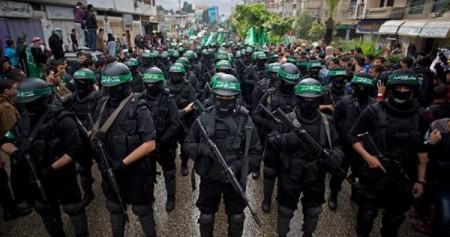
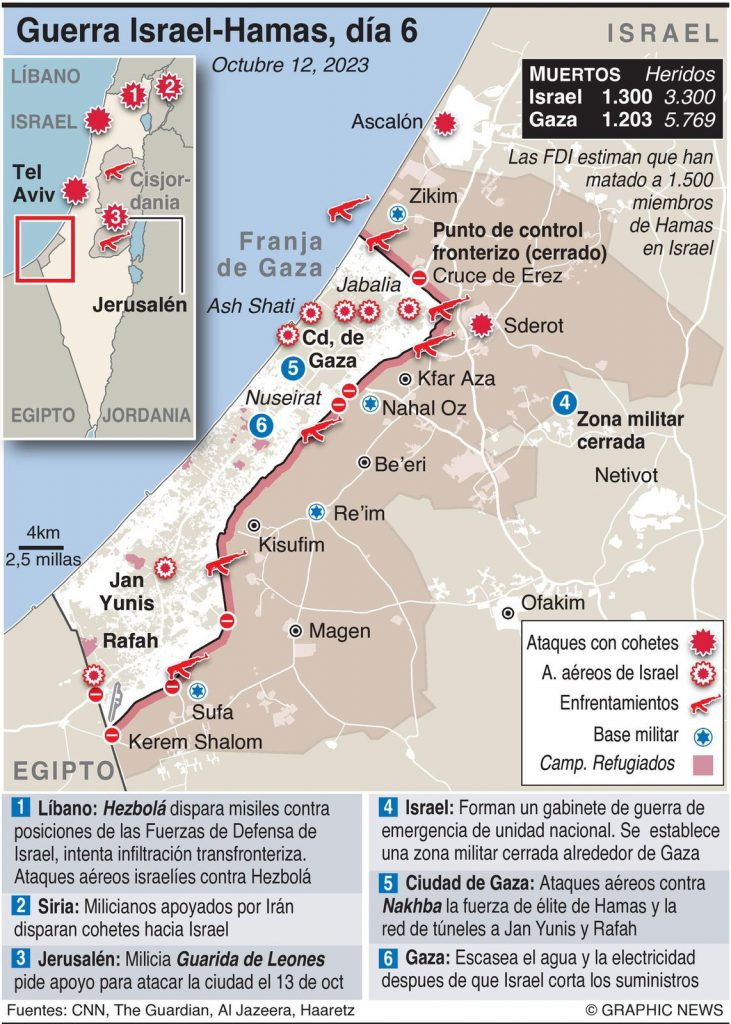
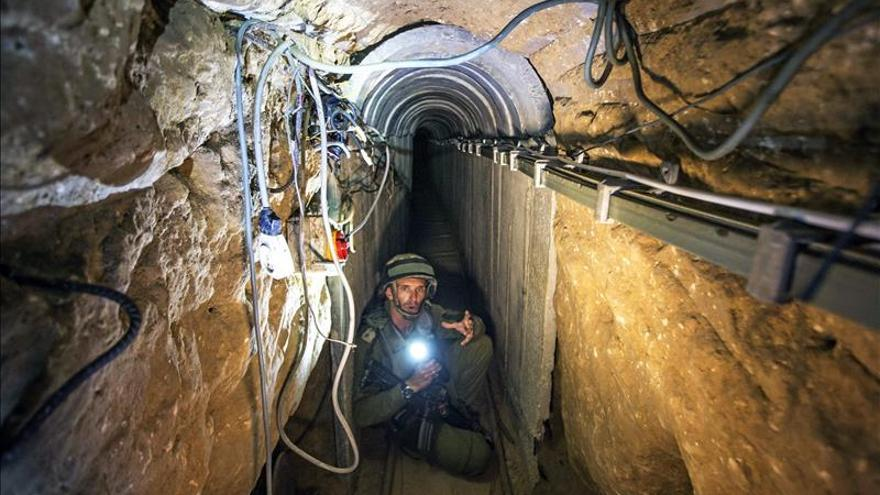





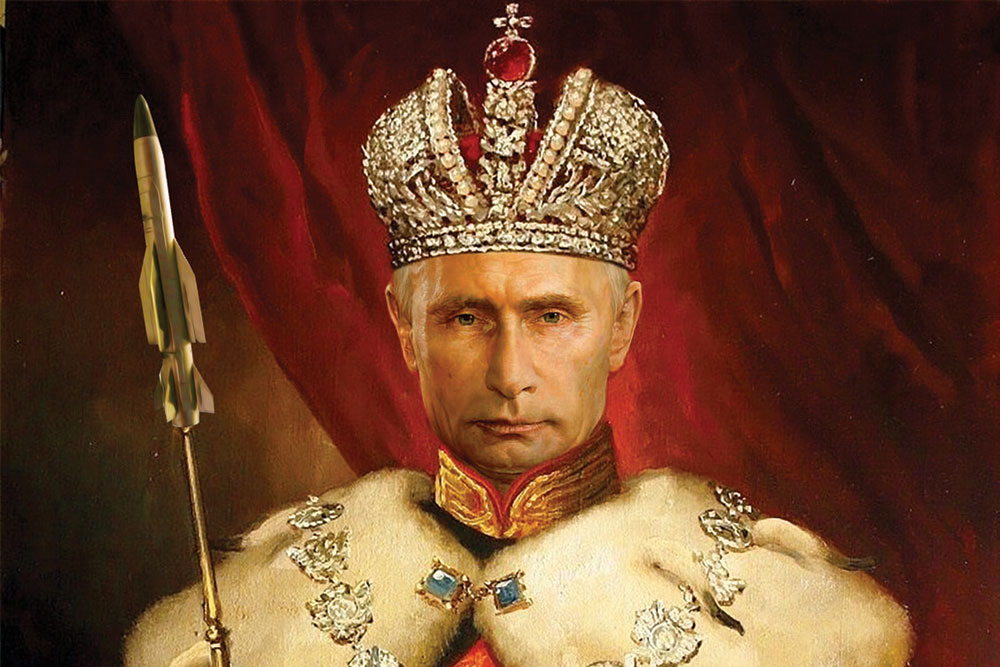
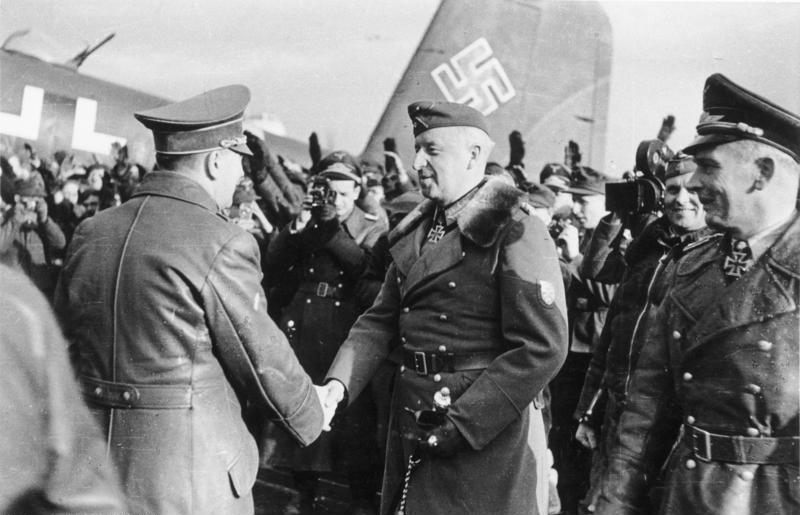





.jpg)
:quality(85)//cloudfront-us-east-1.images.arcpublishing.com/infobae/PHTIW5XUFRAQVLBTPKWJIGOJ4Q.jpeg)

:quality(70)/cloudfront-us-east-1.images.arcpublishing.com/metroworldnews/2JHHEMPDWRB6VOD3EYTHT6VMOY.jpg)

:quality(70)/cloudfront-us-east-1.images.arcpublishing.com/elfinanciero/U62LWMTIUJHSJOYD3VUVPI63EA.jpg)



